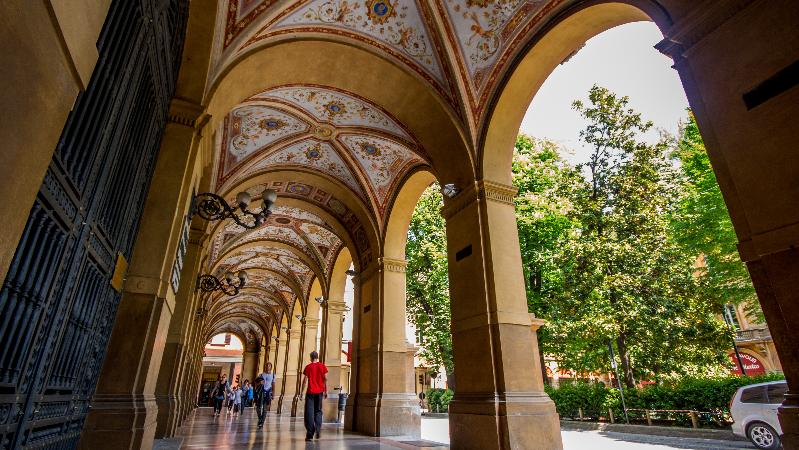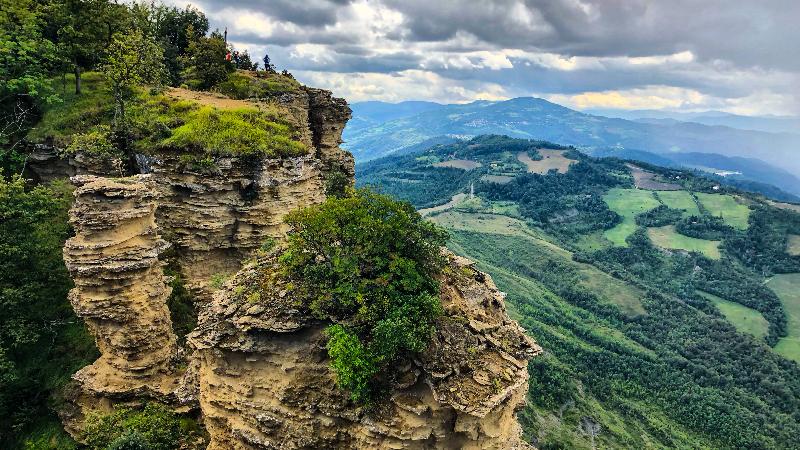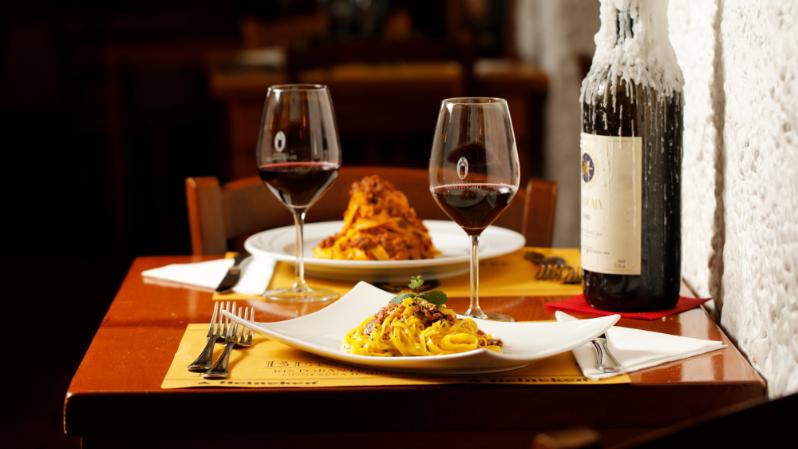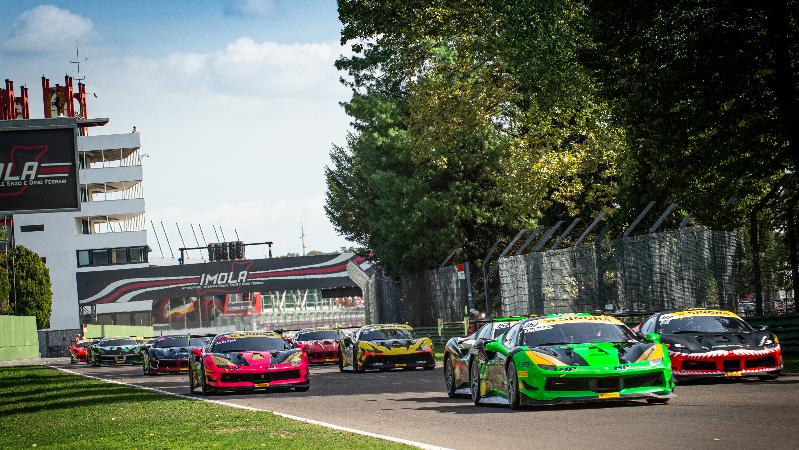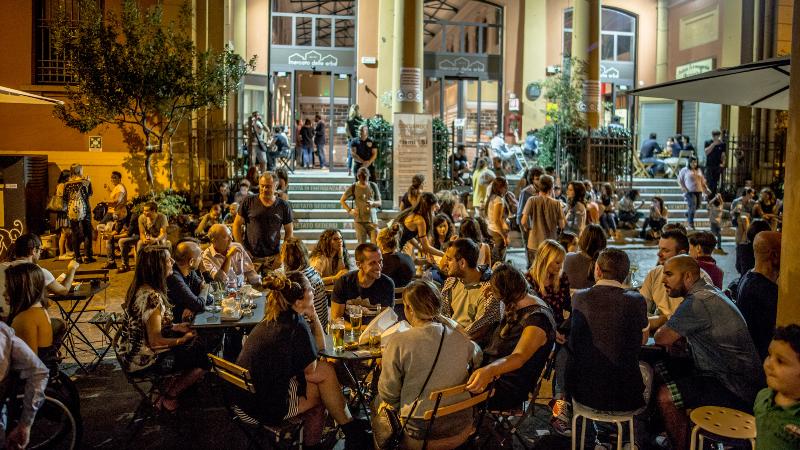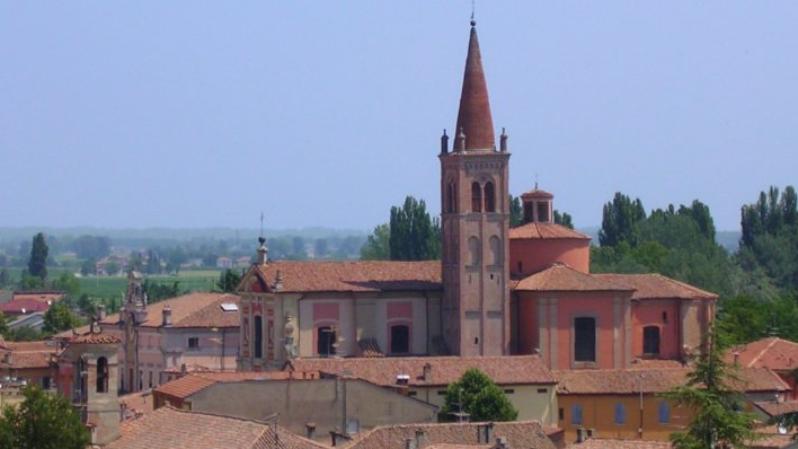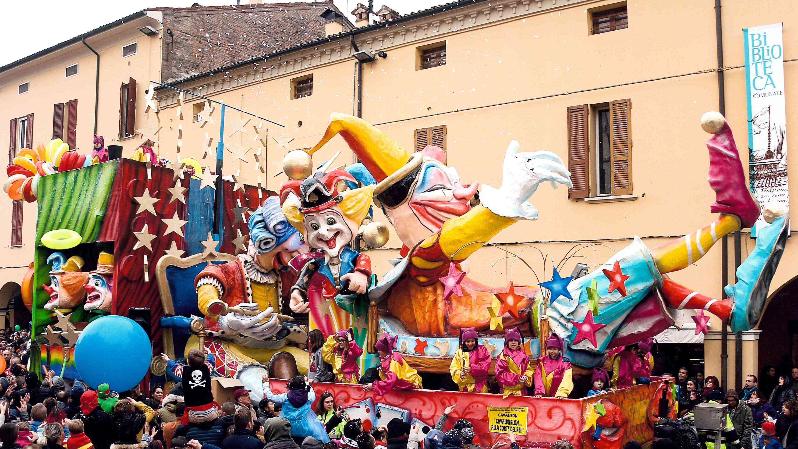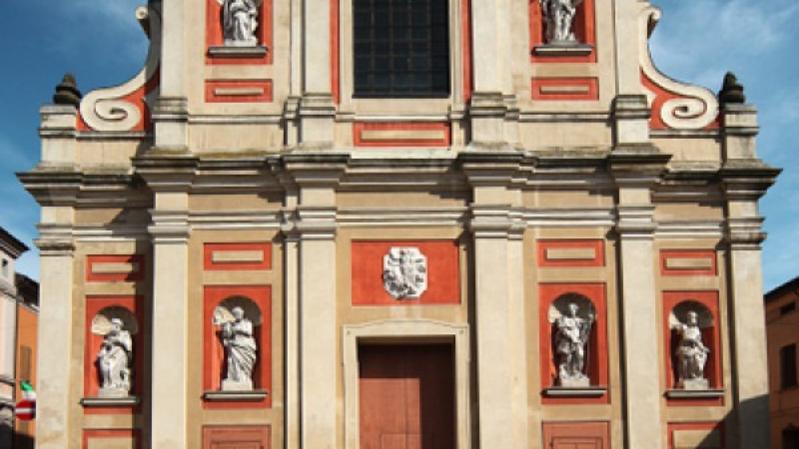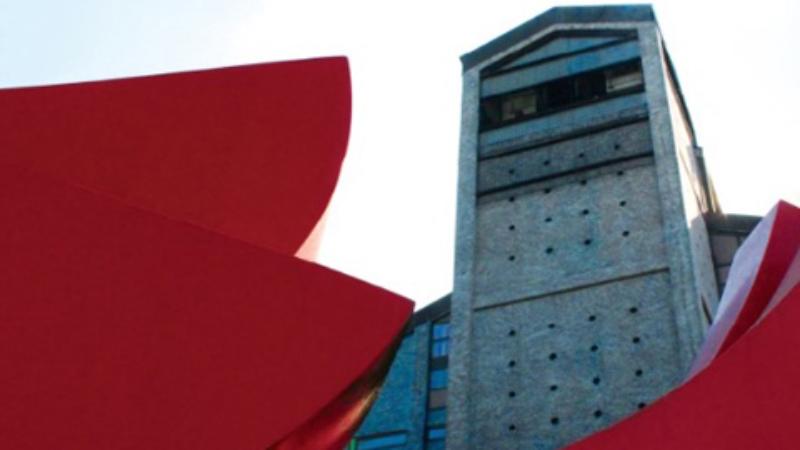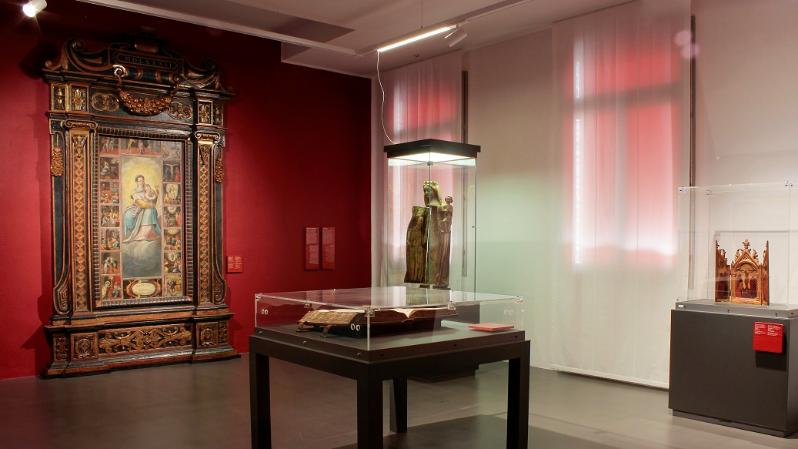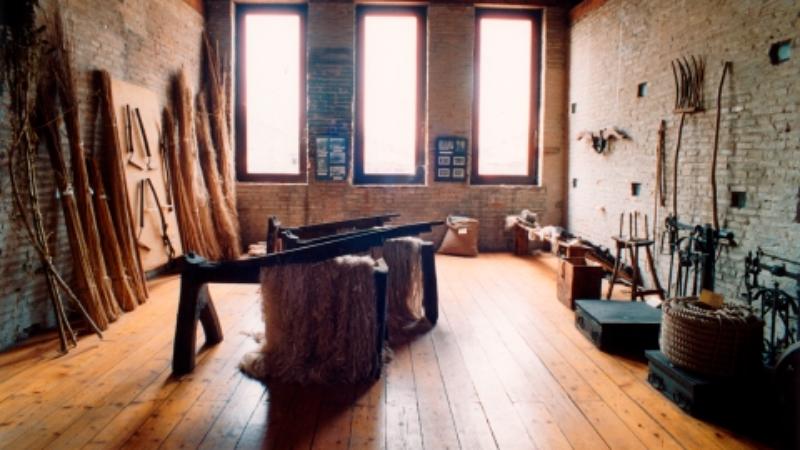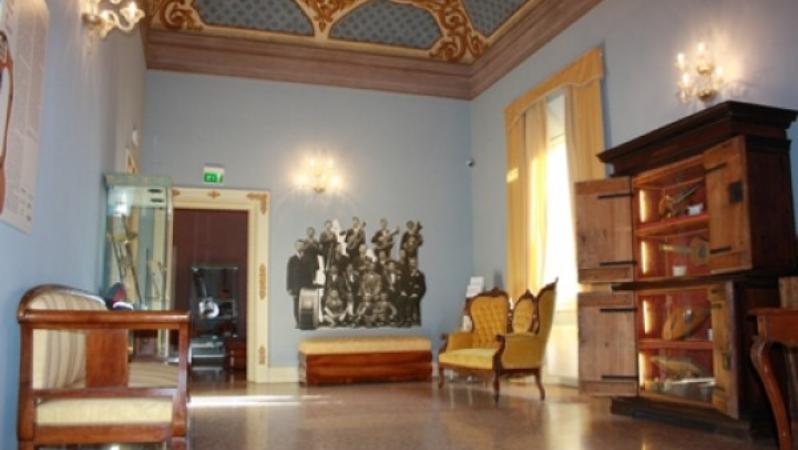Pieve di Cento, called the "little Bologna" for its long porticoes, is a "jewel" that maintains the urban layout of the Roman "castrum", enriched by a parish church in the 9th-century, and by other urban elements in the medieval period and the following Renaissance and Baroque periods. The four city gates and the 14th-century Rocca (fortress) enshrine the history of a town strongly linked to the near town of Cento, located just beyond the Reno river but part of the Ferrara province.
Thanks to an accurate urban regeneration, Pieve di Cento can offer to the visitor many points of interest. In the Rocca and inside Porta Bologna (Bologna Gate) is located the multimedia Museum of the Stories of Pieve, a place where to discover the local history in an innovative way. The artistic heritage of the town is conserved in the Civic Art Gallery and in the MAGI '900 Museum, while the Museum of Music, the Theatre Alice Zeppilli and the well-known School of Lutemaking keep memory of the deeply rooted musical and artisan tradition of the Centopievese area. The Hemp Museum collects the tools and documents the history of one of the typical economic activity of the Bolognese Plain in the past: the hemp processing.
Other stop-overs not to miss are the Collegiata Church of Santa Maria Maggiore and the Oratorio della Santissima Trinità (Oratory of the Holy Trinity) with its extraordinary frescoes and the fine wooden choir. A few kilometers north of the town, in the Reno river direction, lies the Bisana natural area, a rare example of wet-riparian forest of the plains, once widespread throughout the Po valley.
At the end of 2019, Pieve di Cento was awarded the orange flag of the Italian Touring Club (a recognition of quality awarded to small towns for excellency in tourism, hospitality and the environment).
Map
Pieve di Cento
Piazza Andrea Costa 17
40066 Pieve di Cento
Distance from Bologna < 30 km
Interests
- Art & Culture
- Nature & Landscape
